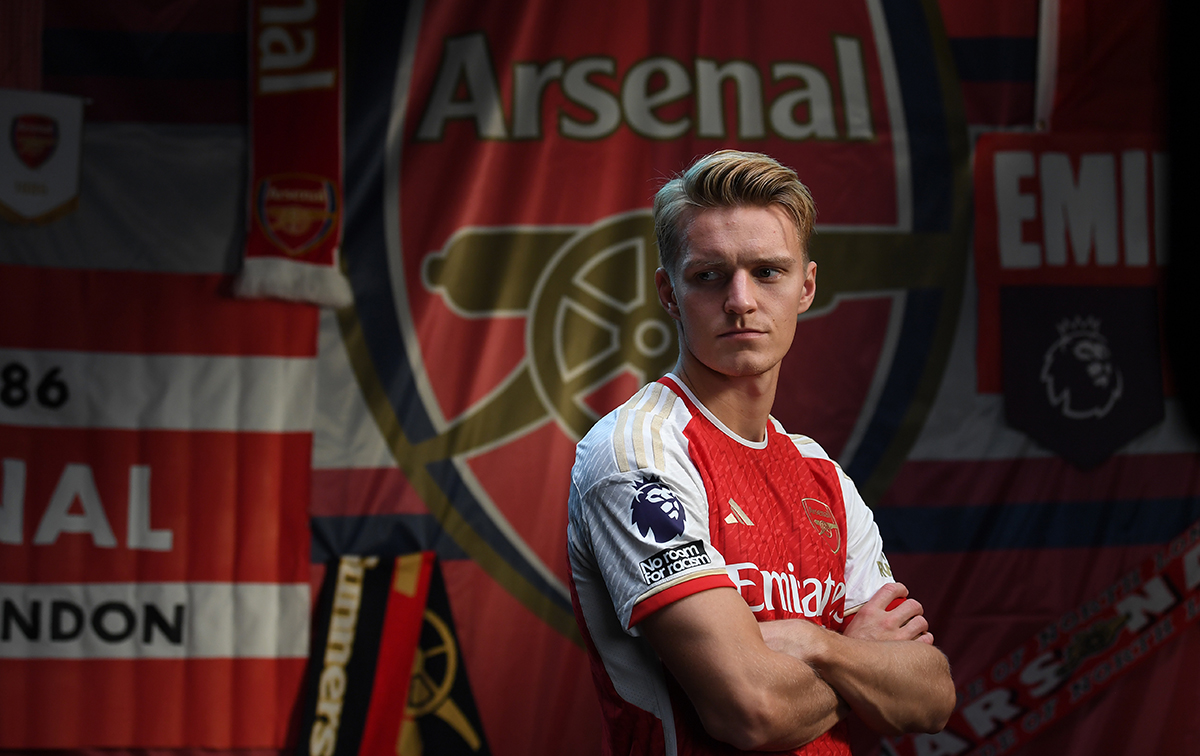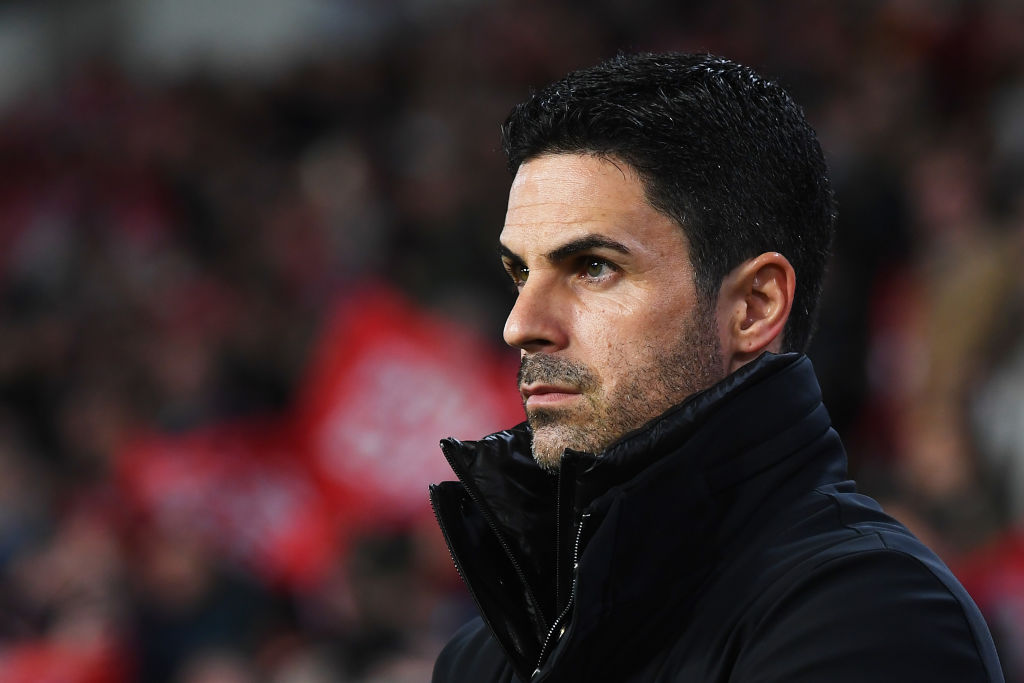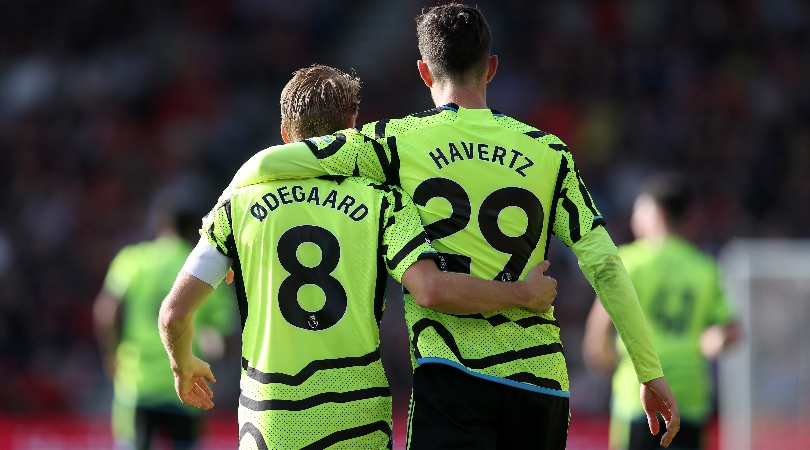
Arsenal captain Martin Odegaard has been integral to everything that Mikel Arteta has sought to do with his side since joining on loan, initially, in January 2021.
Back then, the Gunners were in a rut, with precious little creativity in the final third. Odegaard was solid if not unspectacular in his first few months but has blossomed into the leader of Arteta's midfield, sitting on the right side of a three-man midfield, using his interplay and intelligence both on the ball and off.
Yet there remain questions of whether tactically, the Norwegian is the best fit in that particular area of the pitch.
What's the problem with Martin Odegaard at Arsenal?

For a start, other players have been crowbarred around the Arsenal captain when really, the dynamics demand something a little different. Bukayo Saka offers similar positives of ball retention and creativity from a similar part of the pitch; Odegaard doesn't overlap Saka often – and doesn't crash the box, instead looking to lurk on the edge and whip a final ball in from just outside the area. Is there a need for him there and Saka?
Look at the other side of the pitch, too. Gabriel Martinelli has just two league goals all season – but is it any wonder when he's competing for similar spaces with Kai Havertz? It means that Arsenal have two players on one side who naturally want to drift into the same spaces… and two on the other who want to drift into the same spaces.
There's also the question of how many "natural midfielders" you crowbar into a side and expect to function off the ball. Arsenal press in a 4-4-2 shape: last season, that was led by Odegaard and Gabriel Jesus, with Granit Xhaka and Thomas Partey forming a double-pivot off the ball – a shape that suited the Gunners. But Odegaard is somewhat between a midfielder and a forward: he isn't naturally suited to a double-pivot and it could leave the Gunners compromised.
But Arteta might have found the answer

There was a moment against Brentford in the Premier League earlier this season when Odegaard dropped deeper than usual from his RCM role. Gabriel Jesus pulled out to the right – a position he's comfortable in – before receiving the ball and feeding Saka to run at goal.
The advantage to Arsenal's attack is that each of the players have such specific strengths and are comfortable in multiple areas of the pitch. The disadvantage is that slow buildup means that fluidity is difficult. For example, the left-footed Havertz at LCM could and should be looking to overlap Martinelli, with Jesus able to drop out of the No.9 position, occupying defenders and creating space.
Odegaard's role is a little more complicated. Arsenal are excellent off the ball, employing multiple pressing shapes – and their captain is almost used as a Swiss army knife by Arteta. But in recent games, he's been receiving the ball between the centre-backs and dropping deeper.
It's important for Arsenal going forward. If the Gunners are going to click in attack, they need Odegaard supporting Declan Rice in buildup, in a similar way to how Bernardo Silva assists Rodri. The structure is still evolving but as the spiritual heart of this side, it's fitting that the Norwegian is also needed to be more central and connect his team-mates, rather than sit further forward. It's been happening more of late – and it might just be the answer in a title race.
More Arsenal stories
But the Gunners could be about to sign a highly-rated European wonderkid.
And a Manchester City star has been linked with a move to north London.







